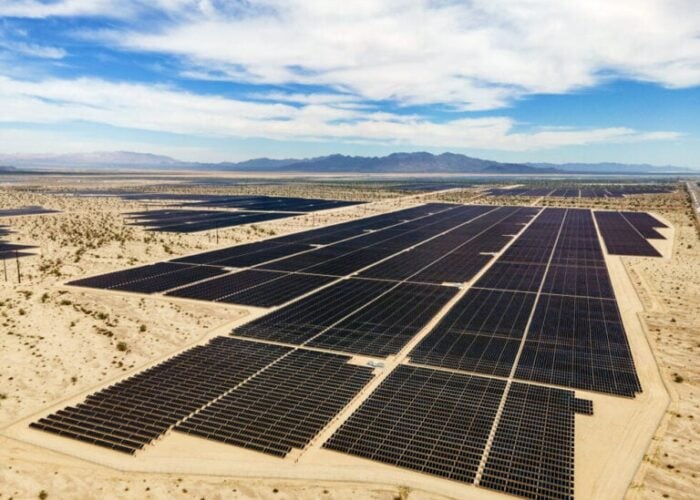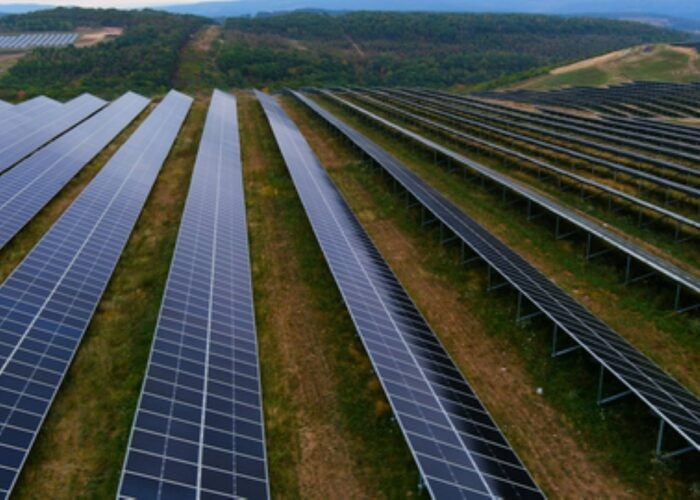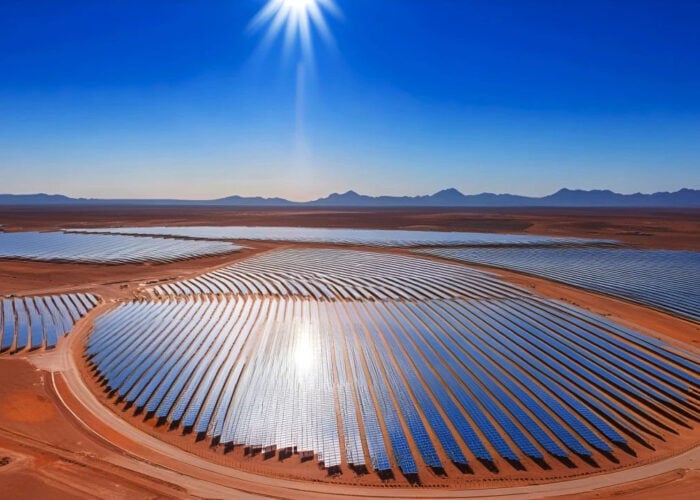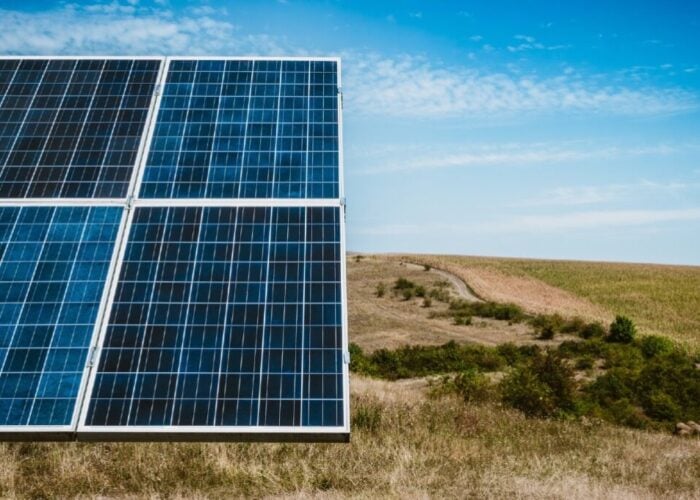IMEC has achieved large-area (70cm2) epitaxial solar cells with efficiencies reaching 16.3% on high-quality substrates. Efficiencies of up to 14.7% were attained on large-area low quality substrates. IMEC accomplished 20μm-thick high-quality epitaxial silicon stacks on top of a highly-doped high-quality substrate and low-cost upgraded metallurgic grade (UMG) type, multicrystalline Si substrate.
“These efficiencies of up to 16.3% on high-quality substrates and of up to14.7 % on low-cost substrates show that industrial-level efficiencies are within reach for this technology;” said Jef Poortmans, director imec energy/solar program. “By implementing copper-based contact schemes, we can further increase the efficiency making epitaxial thin-film silicon solar cells on low-cost wafers an interesting industrial technology.”
Try Premium for just $1
- Full premium access for the first month at only $1
- Converts to an annual rate after 30 days unless cancelled
- Cancel anytime during the trial period
Premium Benefits
- Expert industry analysis and interviews
- Digital access to PV Tech Power journal
- Exclusive event discounts
Or get the full Premium subscription right away
Or continue reading this article for free
The p+-type surface field (BSF), the p-type base and the n-type front-side emitter were developed with chemical vapor deposition. The light trapping method uses plasma texturing of the front surface combined with an internal porous silicon Bragg reflector at the epitaxial/substrate interface. The cells on the high-quality substrate are contacted with copper plating.
Those cells made on low-quality substrates achieved metallization with screen-printing, the last step after the formation of the diffused front surface field (FSF) and the silicon nitride antireflection coating. The epitaxially-grown wafer equivalent substrates are completely compatible with standard industrial solar cell processing.
Caption: IMEC’s large-area (70cm2) epitaxial solar cell on high-quality substrate has an efficiency of up to 16.3%.
Caption: Imec epitaxial thin-film silicon solar cell on low-quality substrate with screen printed metal lines achieving efficiencies of up to 14.7%.






